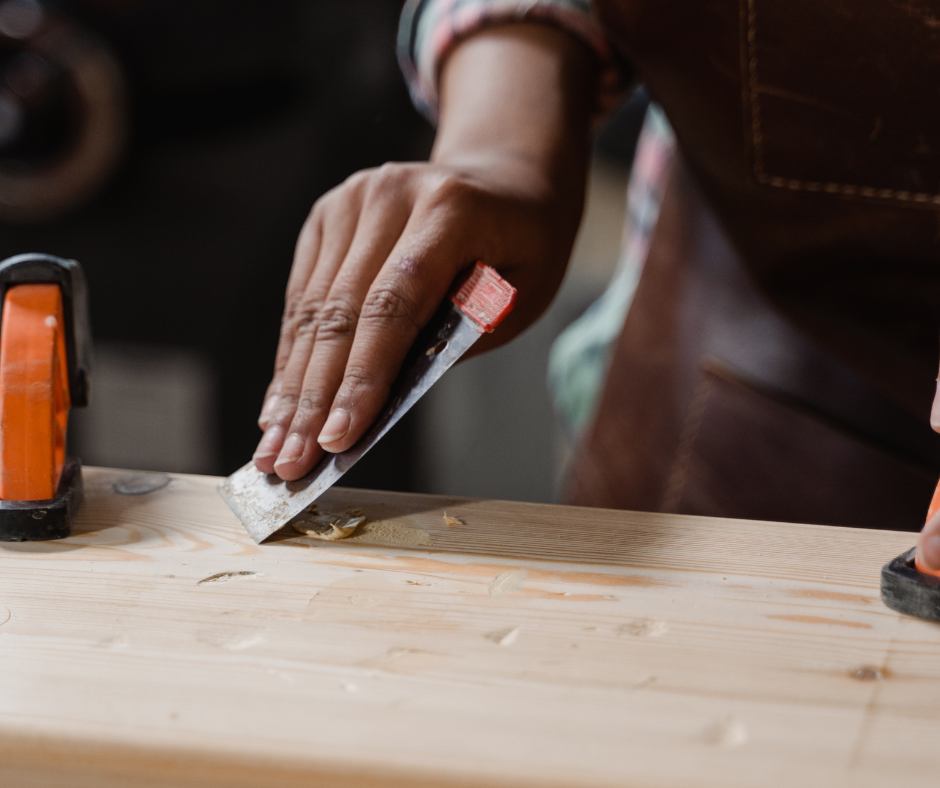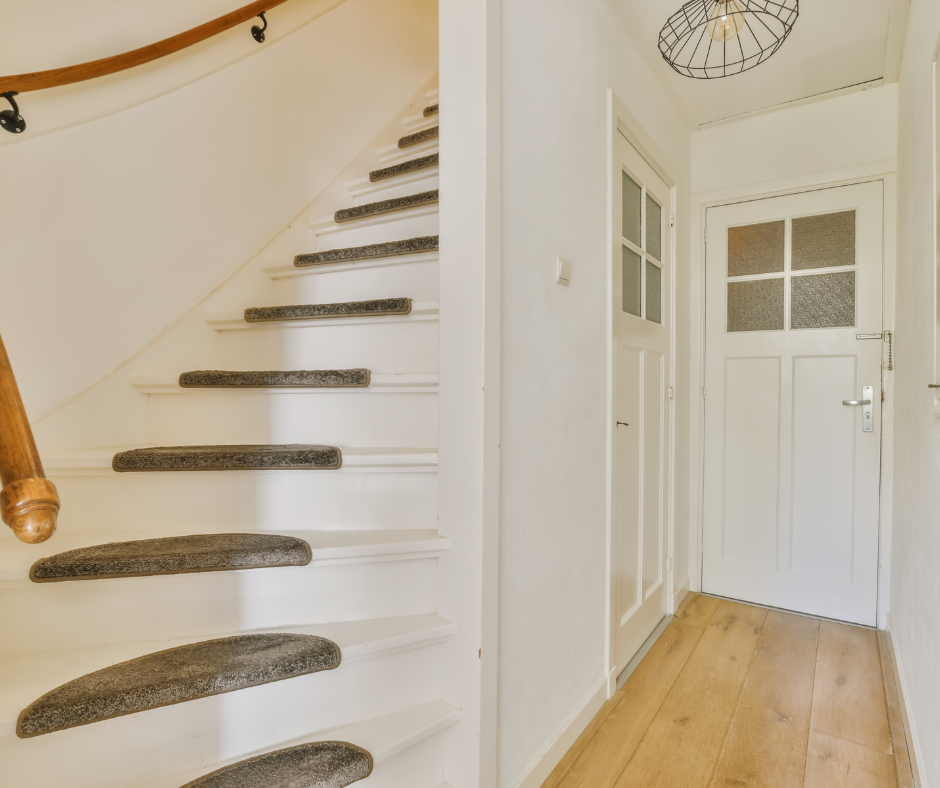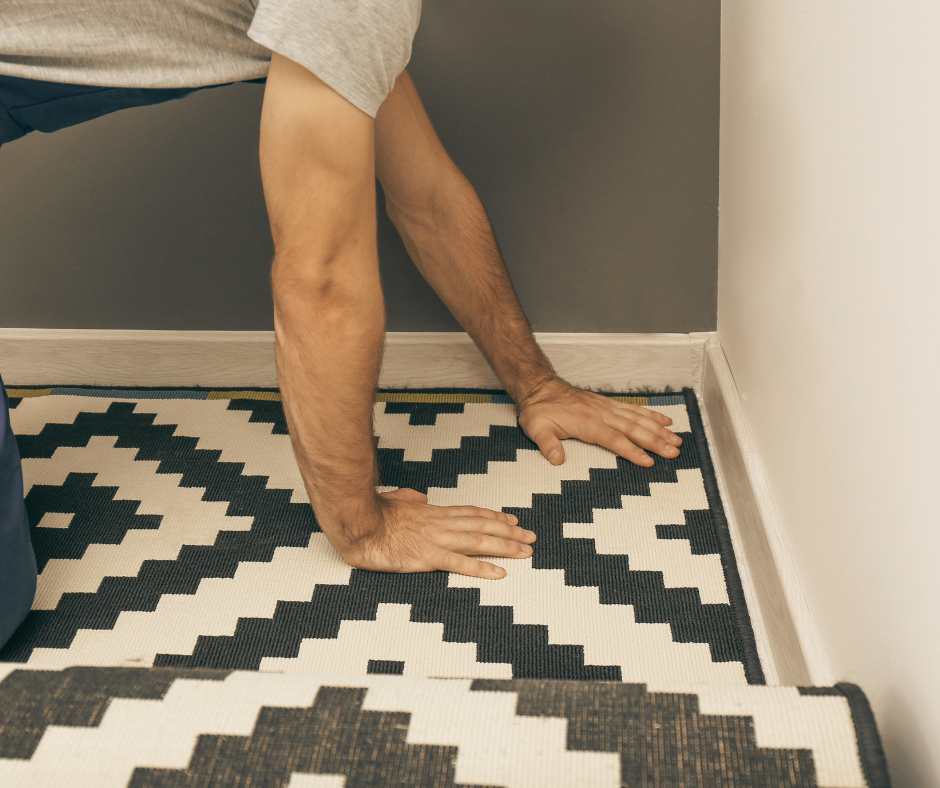If you have tacky stair treads, you know it can make your stairs feel unsafe and unattractive.
Sticky stair treads often happen due to aging adhesive or residue.
In this guide, you'll learn practical solutions to fix tacky stair treads, so your staircase feels solid and stylish once again.
To fix tacky stair treads, you'll address the source of the tackiness.
With the right approach, you can restore both safety and style to your stairs, making them a beautiful feature in your home.
This includes tips for both traditional wood and luxurious carpet stair landings.
What Causes Stair Treads to Become Tacky Over Time?
If you're wondering how to fix tacky stair treads, it’s helpful first to understand the causes.
Tacky stair treads can develop when old adhesive starts to break down.
Over time, adhesives can degrade, leading to a sticky texture that affects the look and safety of your stairs.
Dust and dirt can mix with old adhesive, making the problem worse.
Spills or moisture can also lead to adhesive failure, further contributing to the tacky feel.
Knowing why treads become tacky helps you decide the best repair method for long-lasting, attractive results.
How to Remove Old Adhesive or Residue from Stair Treads
Removing sticky residue is the first step in repairing tacky treads.
Start by using a putty knife or scraper to lift any loose adhesive.
Be gentle to avoid damaging the wood or carpet beneath.
Apply a non-toxic adhesive remover or a simple mix of warm water and vinegar.
Let the solution sit for a few minutes to loosen the adhesive.
Wipe the area clean with a soft cloth after the adhesive softens.
For wooden treads, lightly sand the surface to remove any lingering residue.
This also prepares the tread if you plan to restick it.
How to Restick a Stair Tread
If your stair treads are slipping, you can secure them with a few simple steps.
First, make sure the area is clean and free from dust.
Choose a strong adhesive based on the tread material.
For wood, use a reliable wood glue.
For carpeted treads, opt for heavy-duty carpet tape or a carpet adhesive.
Position the tread and press firmly in place.
Use a weight or clamp to hold it while the adhesive sets.
This will ensure a strong and long-lasting bond.
What Are the Best Materials for Replacing Worn-Out Stair Treads?
If the tackiness has caused damage, replacing the treads might be necessary.
Solid wood, like oak or cherry, offers durability and elegance.
Carpet stair treads provide warmth, safety, and a non-slip surface.
Rubber treads are ideal for high-traffic areas and are easy to maintain.
Each material has its benefits, so choose based on your home’s style and your needs.
How Can You Make Wooden Stair Treads Less Slippery After Repairs?
Making wooden stair treads safer is simple with a few additions.
Apply transparent anti-slip tape for added grip.
This tape won’t affect the look of the wood.
You can also use a clear, non-slip coating to create a slightly textured surface.
If you want a cozy look, add carpet stair landings or runners.
These options improve safety and style, especially if you have kids or pets.
Steps to Success
Fixing tacky stair treads is a straightforward way to improve the safety and look of your home.
Start by identifying the cause of the tackiness and remove any sticky residue.
Choose a high-quality adhesive to restick the treads.
If needed, replace the treads with materials that fit your home’s style.
Adding non-slip features will ensure the stairs stay safe and stylish for years to come.




